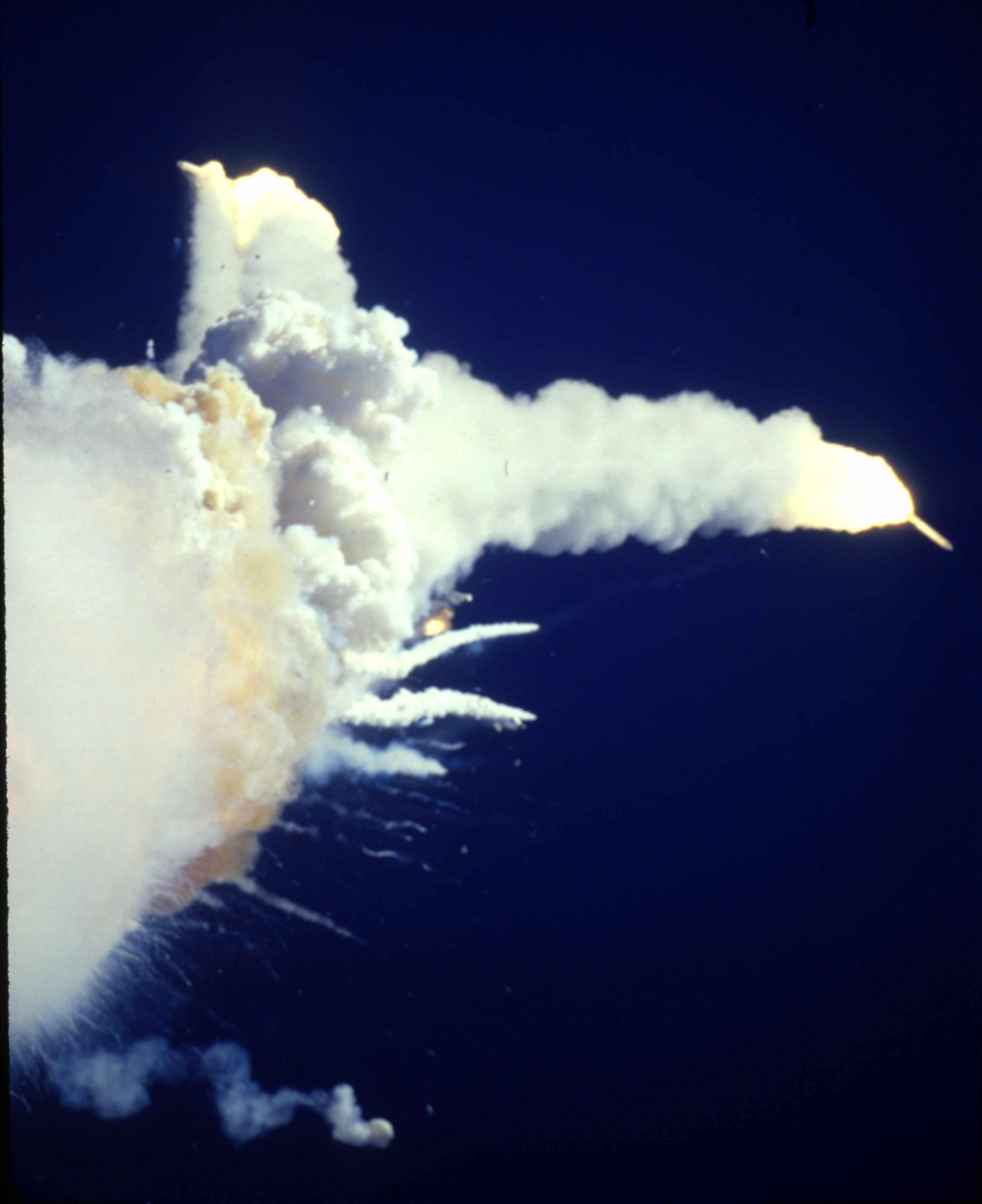
CAPE CANAVERAL — Launching rockets and people to space is risky. But complacency and people unwilling to discuss their concerns about those risks make it even riskier.
That was the main takeaway from "Return to Flight Lessons Learned," a panel discussion Tuesday at the 46th Space Congress being held in Cape Canaveral this week.
"If something bothers you, speak up. Other people are probably thinking the same thing," said William Parsons, NASA's shuttle program manager who led the effort to return the shuttle to flight after the Columbia disaster in 2003.
The panel, moderated by Kennedy Space Center Director Robert Cabana, consisted of three others besides Parsons familiar with the hazards of space travel and the challenges of returning to flight after an accident.
- Frank Culbertson. a former shuttle astronaut who was president of Orbital ATK's space system's group when one of its Antares cargo rockets exploded shortly after takeoff from Wallops Island, Virginia, in 2014.
- Apollo 13 astronaut Fred Haise.
- N. Wayne Hale, who served as a key shuttle manager during the post-Columbia era.
While the engineering causes of the space incidents they spoke about were all different, they all pointed to common causes that led up to the accidents: Scheduling and budget pressures, complacency and a culture that discourages dissenting opinions.
Hale pointed to the Columbia tragedy, which claimed the lives of all seven astronauts aboard when it broke apart over Texas while returning to KSC in 2003. That came as a result of insulating foam that broke off from the external fuel tank during launch that damaged Columbia's left wing, which allowed hot gases to penetrate the orbiter during re-entry.
Hale, who took over as shuttle launch director the day before the Columbia tragedy, said shuttles had suffered damage from foam insulation before without serious consequence, and that NASA officials considered the problem to be a "minor maintenance issue."
Some within NASA had raised safety concerns about the shedding foam, but the number of successful missions despite the problem led to complacency within the agency.
"We thought we knew what we were doing," he said. "We thought we were better than we were."
That sort of complacency, coupled with pressure to meet launch schedules, contributed to the Challenger disaster 13 years earlier, Hale said. There was particularly high interest in that mission, because one of the astronauts on board was Christa McAuliffe, America's first teacher in space.
The Challenger launch had already been delayed three times before its Jan. 28, 1986 launch date.
The weather that day was exceptionally cold for Central Florida. The temperatures dropped into the teens overnight and ice formed on the launch tower. The temperature was still near-freezing at launch time. The program managers decided to go ahead with the launch, despite the shuttle never having been tested under such conditions.
Parsons said that years later he spoke with Arnold Aldrich, the shuttle program manager at the time, who told Parsons he had been uneasy about launching under those conditions and would have called it off if anybody else on the launch team had raised concerns. None did, though Parsons suspects many others had similar doubts to Parson's.
Challenger exploded 73 seconds after takeoff because of an o-ring that malfunctioned in the low temperatures. All seven astronauts perished.
The lesson learned from such tragedies, the panel agreed, is to create an atmosphere where people aren't afraid to raise safety concerns.
The other key takeaway is the importance of testing systems and equipment before putting them into service. The panelists shared stories of having been discouraged from doing testing that could delay launch schedules.
That's a mistake, Culbertson said. "Don't be afraid of testing that's a little bit risky," he said.
Haise pointed out that one of the oxygen tanks used on Apollo 13 previously had been slightly damaged and hadn't been fully tested before the 1970 flight. That tank exploded, forcing NASA to abort the lunar landing. NASA engineers scrambled to come up with "work around" to get the damaged spacecraft and its three-man crew safely back to earth, a feat still legendary in aerospace circles nearly 50 years later.
Another lesson learned from Apollo 13, Haise said, was the importance of having the right mix of knowledgeable people on a team to deal with unforeseen challenges and to let them do their work without interference. He noted that while NASA management offered Lead Flight Director Gene Kranz any assistance he wanted, they left it to him and his team of engineers — the folks most knowledgeable about the spacecraft — to come up with a plan to return the crew safely.
"They had no book to go to for this circumstance," Haise said. "It was totally ad libbed."
Hale said it is imperative to remember these past failures as America prepares to send men and women back into space in the near future.
"Keep reminding yourself of these lessons that we have paid for with lives."
Contact McCarthy at 321-752-5018 or jmccarthy@floridatoday.com
https://www.floridatoday.com/story/tech/science/space/2019/06/04/nasa-experts-complacency-and-silence-enemies-space-safety/1301998001/
2019-06-04 21:02:00Z
CBMihgFodHRwczovL3d3dy5mbG9yaWRhdG9kYXkuY29tL3N0b3J5L3RlY2gvc2NpZW5jZS9zcGFjZS8yMDE5LzA2LzA0L25hc2EtZXhwZXJ0cy1jb21wbGFjZW5jeS1hbmQtc2lsZW5jZS1lbmVtaWVzLXNwYWNlLXNhZmV0eS8xMzAxOTk4MDAxL9IBK2h0dHBzOi8vYW1wLmZsb3JpZGF0b2RheS5jb20vYW1wLzEzMDE5OTgwMDE
Bagikan Berita Ini














0 Response to "NASA experts: Complacency and silence are the enemies of spaceflight safety - Florida Today"
Post a Comment